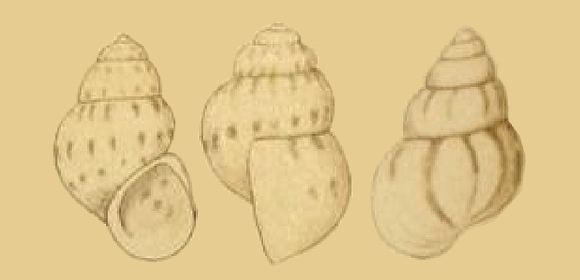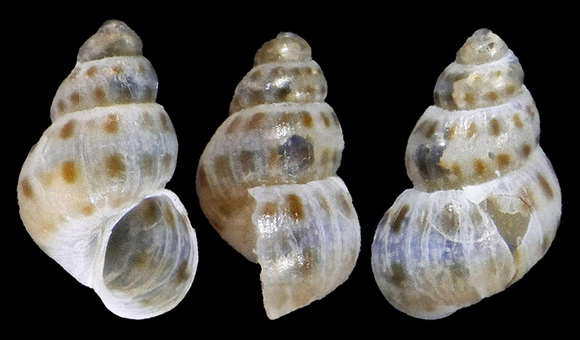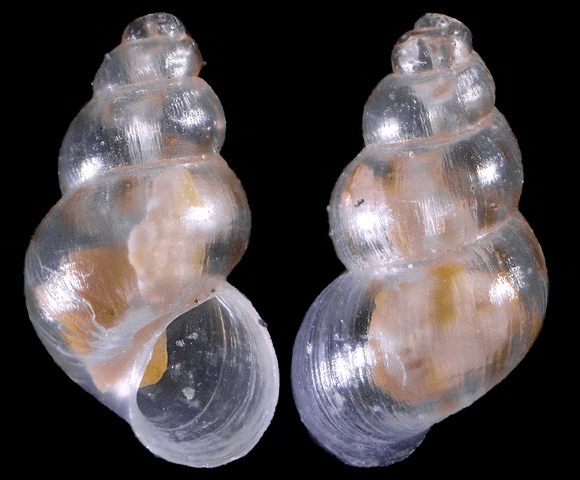
Grazer and detritus feeder in the infralittoral.
Original taxon: Cingula amabilis.
Bucquoy, Dautzenberg & Dollfus considered this species as the Rissoa pulcherrima of Jeffreys. Monterosato was the first author to distinguish this species from pulcherrima (Enumerazione e sinonimia delle conchiglie mediterranee, Palermo 1878 p.27); he gave it the epithet amabilis. Later (Nomenclatura generica e specifica di alcune conchiglie Mediterranee, Palermo 1884 p.73), he changed his opinion. Hence the pictures of amabilis shown above, under the name pulcherrima, in B.D.D. (Mollusques marins du Roussillon vol. I, Paris 1882-1886, plate XXXVII) who follow Monterosato. But Arnould Locard didn’t think so and stated that the Monterosato of 1787 was right (this is in the Prodrome de malacologie française. Catalogue général des mollusques vivants de France. Mollusques marins, Lyon 1886, p.266).

« Shell […] thin, glossy, transparent, oval shaped. Spire conical, with an obtuse apex, composed of five rather convex whorls, the last one proportionally large. Suture quite deep. Surface smooth, with the exception of a few growth striae that are visible only under high magnification. Aperture rounded, a little angular at the top, curved at the base. Columella arched, with an applied edge that determines a slight umbilical cleft towards the base. Labrum simple. Colour: light yellow background with three or four decurrent series of brown subquadrangular spots. Opercule horny, thin, paucispiral. » – B.D.D.: op. cit. p.308.
Beach grit, La Franqui, Leucate, Occitania, S. France. 1,4mm. Original pictures provided by S. Clanzig (FR).
– (CC BY-NC-SA) –

2-3m deep, in grit, Málaga, Andalucia, S. Spain. 1,5mm.